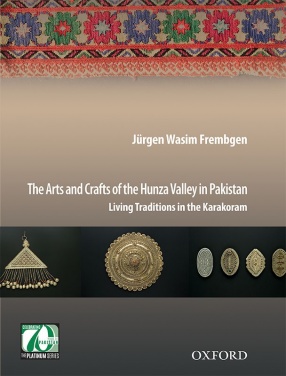
Oxford University Press, Karachi

73 books

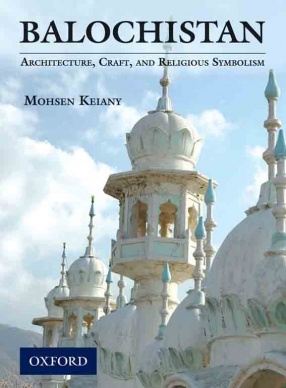
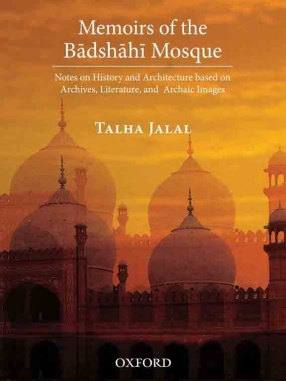
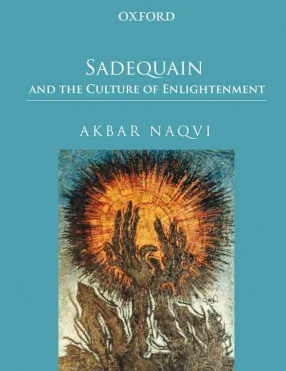
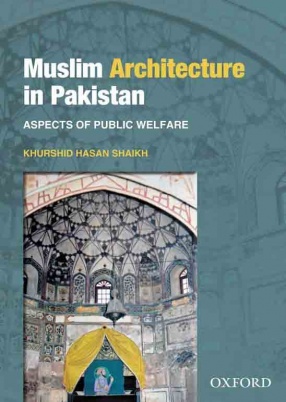
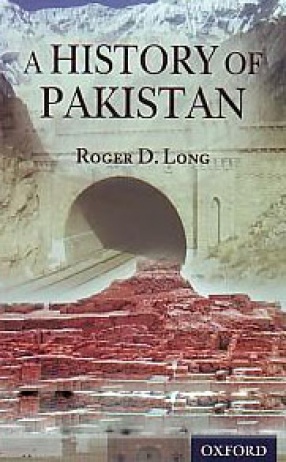
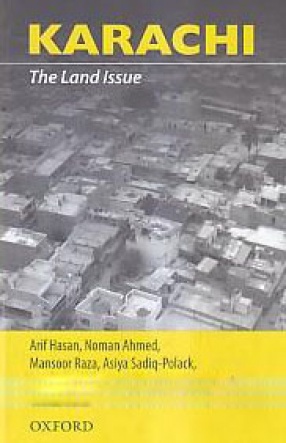
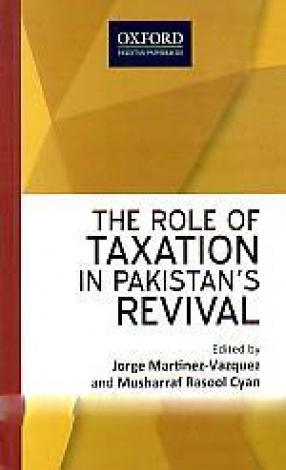
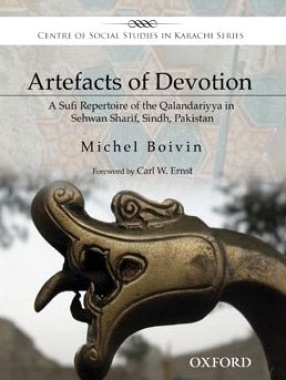

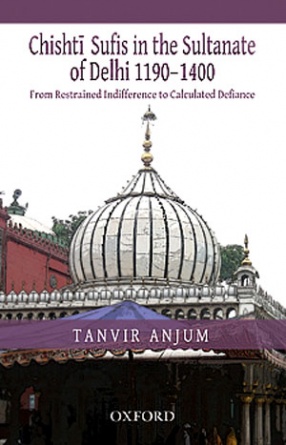
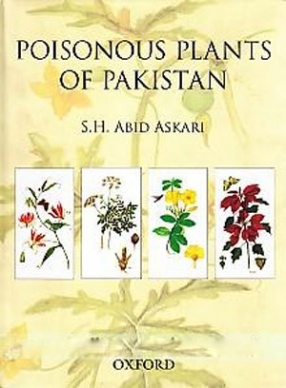




The Arts and Crafts of the Hunza Valley in Pakistan is a thorough ethnographic field research conducted over a period of twenty years. It is augmented by the author’s selection of photographs which add depth to the study by providing a frame of reference for the wide array of crafts and lifestyles that existed and continue to flourish in the area. He delves into the variations of art fostered in the Valley, from woodwork to embroidery, by taking into ...

This work explores the living traditions of Balochistan and provides a deeper understanding of the province's religio-cultural, architectural, textile, and symbolic traditions which are explored in depth. The architectural and artistic traditions of the myriad Baloch groups are documented. The field work and data collection is theoretically contextualized and draws upon a combination of reference points from Islamic architecture as well as anthropology. Selected ...

Memoirs of the Badshahi Mosque is an unconventional attempt to bring together diverse aspects of the Badshahi Mosque in a single narrative—aspects that are historical, political, and artistic at the same time. Even though many general studies have been done over the years, few have taken a critical approach towards the history of this monument. There is a striking peculiarity about this mosque which highlights the need for further research—the ...

The shrine of Ali Hajveri (known as Data Ganj Bakhsh) in Lahore, Pakistan, is one of the South Asia's most important Sufi sites. Based on original material gathered by the author, the book gives an account of various developments associated with this shrine, with particular focus on the relationship between the state, public space, the secular, and the religious, as well as giving detailed accounts of the economy, management, and social impact of the shrine. This ...

Although the artist Sadequain was commonly regarded as a modernist, the author, who is well known as an art critic and connoisseur, suggests that his art was most modern when he was traditional, and strictly traditional when modern. This prolific and versatile artist was a khattat (calligrapher), book binder, master of drawing, painter, and poet. Thus, in himself, he recreated within one person the traditional guild of the Muslim artists and artisans of the ...

This study, the first of its kind, is based on the author’s own architectural documentation and photography. The historical monuments studied in this book include baolies (step-wells), caravanserais, baradaries, kos minars, bridges, and hammams, which were meant for the welfare and comfort of the public. These were constructed during the Muslim rule in the areas now forming Pakistan. The book is illustrated with photographs and plans of some selected ...
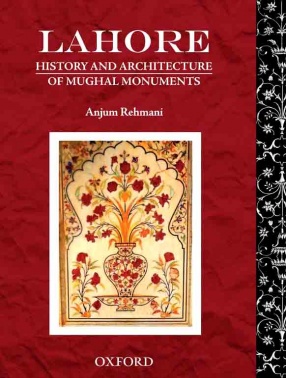
The city of Lahore, one of the seats of the Mughal Empire, is regarded as the cultural centre of Pakistan and is famous for its many old monuments. However, the informed visitor or student has long felt the absence of a reliable volume on its architecture. Dr Rahmani’s book is diligently researched and deals with the history and architecture of old monuments in Lahore, especially of the Mughal period. The topic is rich in terms of the variety of building ...
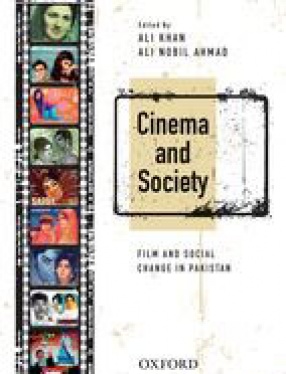
The book presents a rich collection of critical essays, ethnographic writings, memoirs, and reflections, portraying a well-rounded picture of cinema culture and historical change in Pakistan. The multiplicity of voices and approaches enhances the appeal of this collection, which is the first ever to delineate the diversity in the cinematic and extra-cinematic traditions of Pakistan, as well as in the histories of production, exhibition, and reception.
The work ...

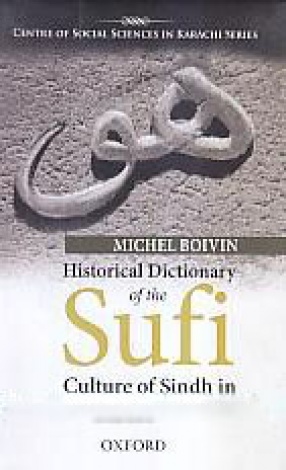


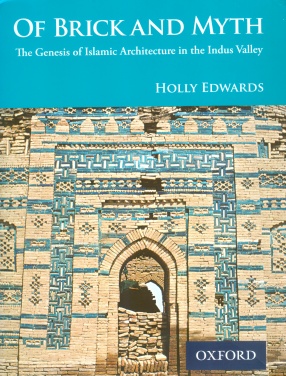
On the basis of extensive fieldwork, Edwards provides detailed descriptions of individual structures tracking brickworking styles and other significant craft practices. The catalogue of monuments is contextualized with a brief historical narrative and art historical commentary. What distinguishes this study is its tight focus on material evidence and local ethos presented against the grain of previous scholarship. Thus, whereas traditional analysis explains ...

The Indian subcontinent has a remarkably rich heritage of complex cultural formations. One of these can be seen in Sindh -- now a province of the Islamic Republic of Pakistan. Sindh’s cultural heritage is marked with distinctive characteristics, which is today preserved not only in Pakistan, but also by a diasporic community in other regions of South Asia and beyond. Even if Sindh’s engagement with Islam goes back over a millennium: to the Arab ...

Most wars, insurgencies, and terrorist attacks take place in the Muslim World. This is not a coincidence; understanding this phenomenon in its political and psychosocial perspectives is vital. An attempt has been made in this book to analyze these observable facts in a comprehensive, academic manner as to why such incidents are more prevalent in Muslim countries. It is crucial to understand the dynamics, the frustrations and the political systems in the Muslim ...

The relationship of the Chishtī Sufi s with the political authorities has been quite controversial. After the introduction of the Chishtī Silsilah in India in the last decade of the twelfth century by Khwajah Mu‘in al-Din Chishtī of Ajmer, the adherents of the Silsilah made it a definite policy to keep a distance from the rulers by not accepting state services; rejecting land grants and titles from the rulers; and by not visiting the royal court, or ...

This book attempts to explain Pakistan’s crisis of governance in historical and philosophical terms. It argues that South Asia’s indigenous orientation towards the exercise of power has reasserted itself and produced a regression in the behaviour of the ruling elite. This has meant that in the sixty years of independence from British rule the behaviour of the state apparatus and political class has become more arbitrary, proprietorial and delusional. ...

Many people regard plants as an integral part of their natural surroundings, to be used as food or medicine or even for decoration. However, not so many people realise that of the 300,000 or so identified species of plants in the world, around 700 are known to be poisonous, and many of these surround us in our daily lives, in our gardens and sometimes even in our homes. In Poisonous Plants of Pakistan, the author has collected, in one volume, information about ...
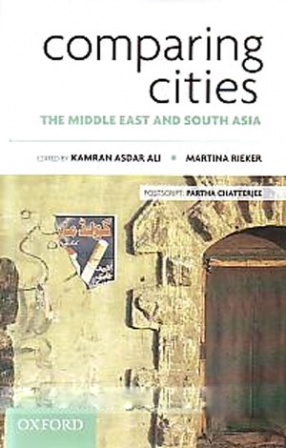
This book highlights the changing social dynamics in Middle Eastern and South Asian cities. The comparative framework builds on a shared history of the colonial encounter, modernity, nationalism and urbanity and is further deepened by the larger framework of Muslim culture that influences social life in both spaces. The various chapters rethink the gendered dimension of public spaces and investigate the relationship between the popular and the political in these ...





